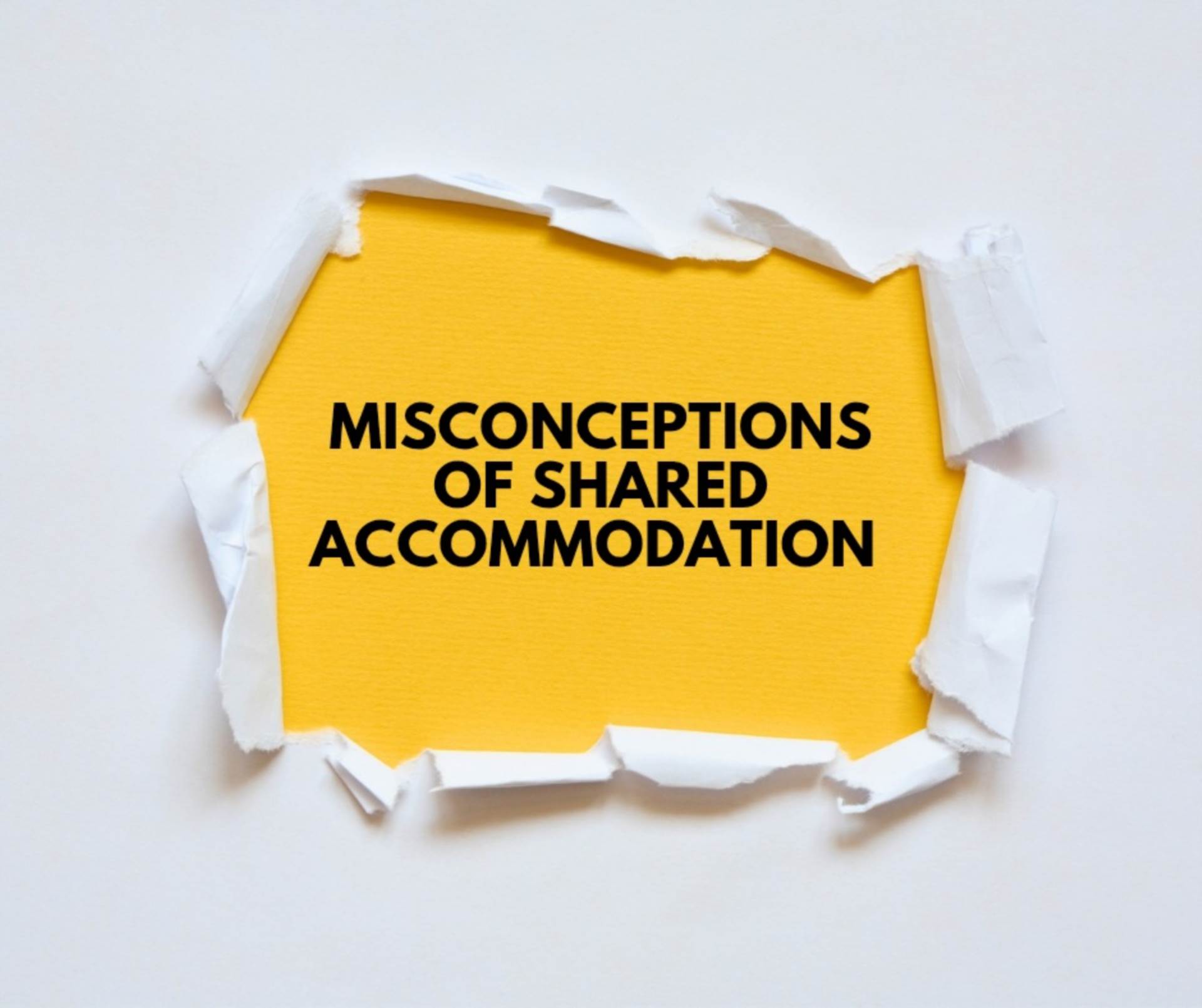
Date Published 14 April 2025
Shared accommodation, whether in a student house, a flatshare, or a co-living space, often comes with a set of preconceived notions. While it can be challenging, it's also frequently rewarding. Let's debunk some common misconceptions:
1. Misconception: It's always chaotic and dirty.
* Reality: While shared spaces can sometimes get messy, this isn't a universal truth. Many shared accommodations operate smoothly with clear house rules and shared cleaning responsibilities. Cleanliness depends largely on the individuals involved and the established agreements. Good communication and a shared commitment to hygiene are key.
* Mitigation: Creating a cleaning rota, setting clear expectations from the start, and addressing issues promptly can prevent chaos.
2. Misconception: You'll have no privacy.
* Reality: While shared living means sharing common areas, bedrooms are typically private spaces. The level of privacy depends on the layout of the accommodation and the respect shown by house mates.
* Mitigation: Look for a place with a layout that suits your needs, and communicate your need for personal space. Using headphones, spending time in your room, and establishing boundaries can help.
3. Misconception: You'll constantly clash with your housemates.
* Reality: Disagreements are inevitable in any shared living situation, but they don't have to be constant. Many people form strong friendships with their housemates.
* Mitigation: Open communication, compromise, and a willingness to understand different perspectives are essential. Setting clear expectations about noise levels, guests, and shared resources can prevent conflicts.
4. Misconception: It's only for students or young people.
* Reality: Shared accommodation is becoming increasingly popular among professionals, and older adults seeking companionship and affordability. Co-living spaces, in particular, cater to diverse demographics.
* Reality: The rising costs of housing are forcing more and more people of all ages to share accomodation.
5. Misconception: It's always a temporary solution.
* Reality: For some, shared accommodation is a stepping stone. However, for others, it's a long-term lifestyle choice. Many people find that the social and financial benefits outweigh the perceived drawbacks.
* Reality: With the growth of co-living spaces, the sense of community and the included ammenities, make it a desirable long term housing option.
6. Misconception: You have no control over your living environment.
* Reality: While you share the space, you still have some control. You can choose your housemates (to some extent), contribute to house rules, and personalise your bedroom.
* Mitigation: Be pro active in communicating your needs and preferences. Look for accommodations that align with your lifestyle.
7. Misconception: It's always cheaper than living alone.
* Reality: While shared accommodation often reduces rent and utility costs, it's not always the case. Some co-living spaces with premium amenities can be more expensive than basic apartments.
* Mitigation: Carefully compare costs and consider the value of included amenities before making a decision.
The Benefits of Shared Accommodation:
Despite the misconceptions, shared accommodation offers several advantages:
* Affordability: Sharing costs can significantly reduce housing expenses.
* Social Connection: Living with others can combat loneliness and provide a sense of community.
* Flexibility: Shared accommodation often offers flexible lease terms.
* Convenience: Some co-living spaces provide amenities like cleaning, laundry, and social events.
In conclusion, shared accommodation is a diverse living option with its own set of pros and cons. By debunking common misconceptions and approaching it with open communication and realistic expectations, individuals can find it to be a positive and fulfilling experience.